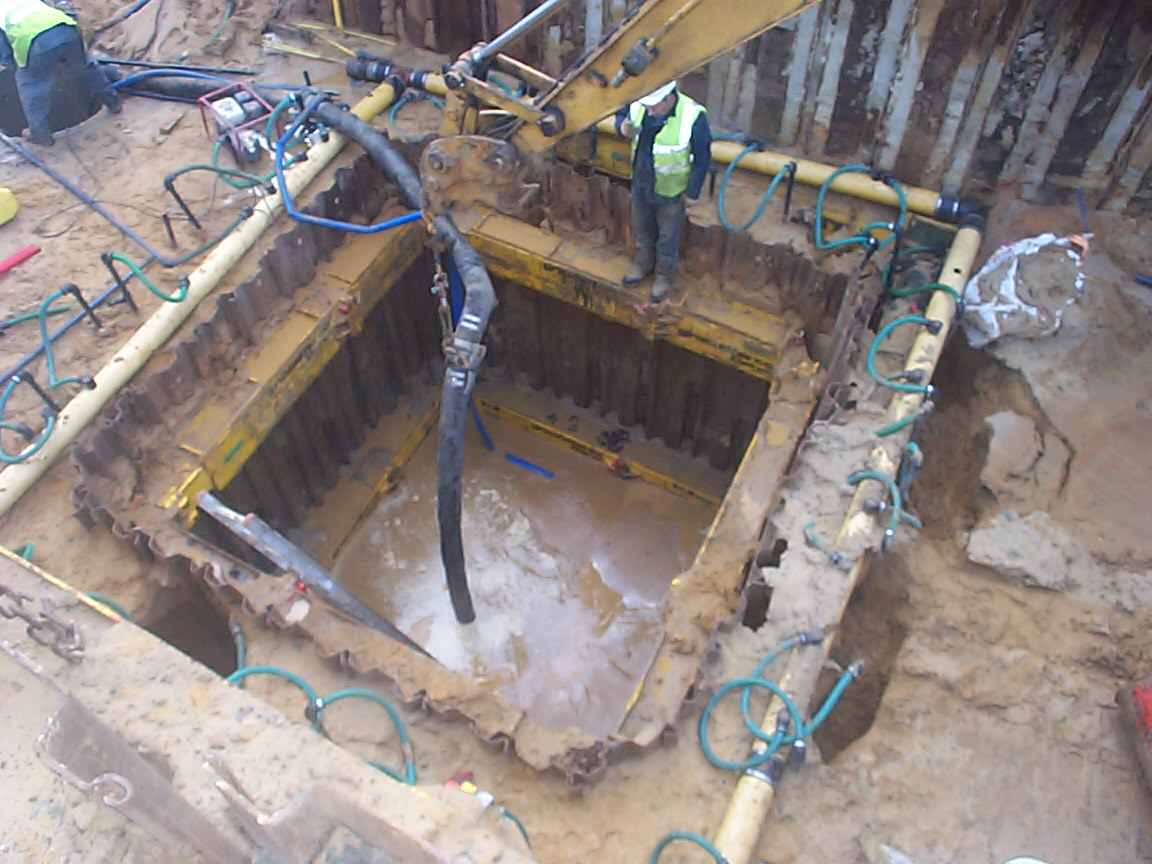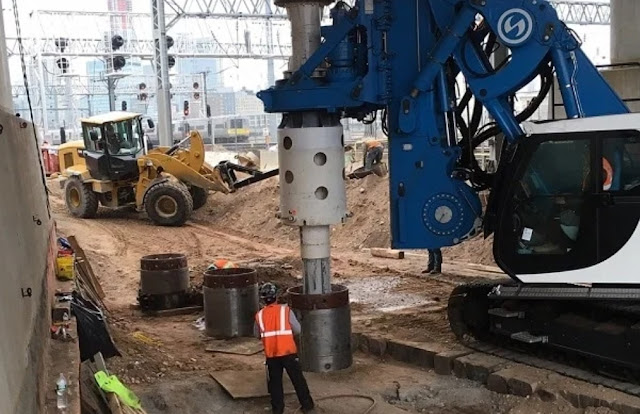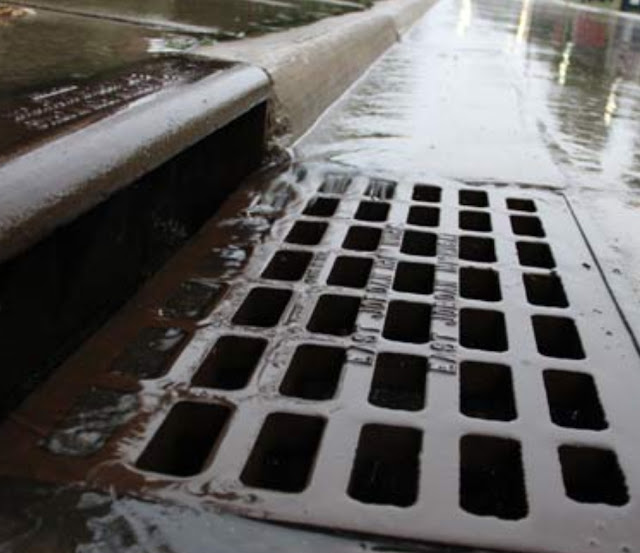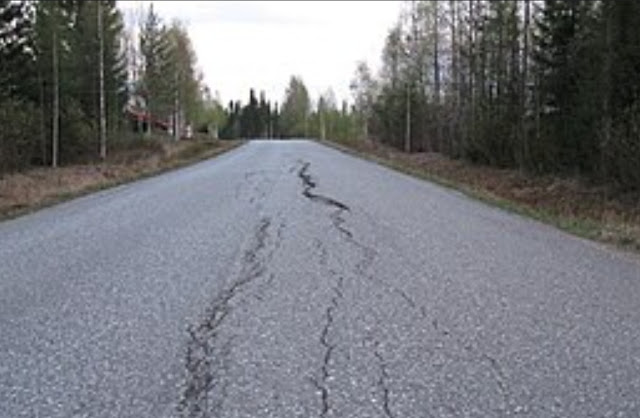Construction management:Road construction course

Join from here Join the course This course designed to expand your practical side of engineering knowledge. This course is concentrating on the construction of roads. Here you will learn how the road constructed. The construction stages such as protection of existing services, clearing the area, future utilities, preparing the road subgrade, then placing different pavement layers such as sub-base, base course, and asphaltic courses. Also, we will discuss the types of asphaltic course and the common defects of asphaltic pavement, such as permanent deformation, fatigue cracking, and low-temperature cracking. Also, I will show a typical cross-section of road and road profiles. Also, I will explain what the prime coat is, why the prime coat is used, and the proper way of applying, preparing the surface of the pavement layer before applying the prime coat, and the curing time for a prime coat. Tack coat, what is the Tack coat, why the Tack coat used, where the tack coat is...



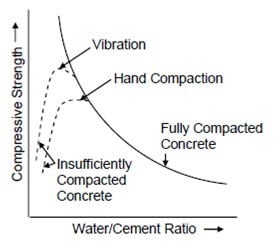



.jpeg)



